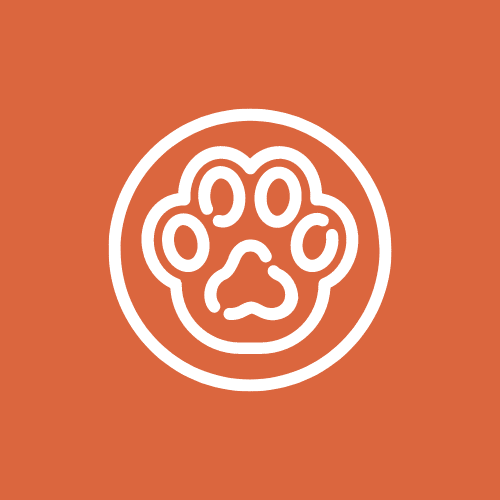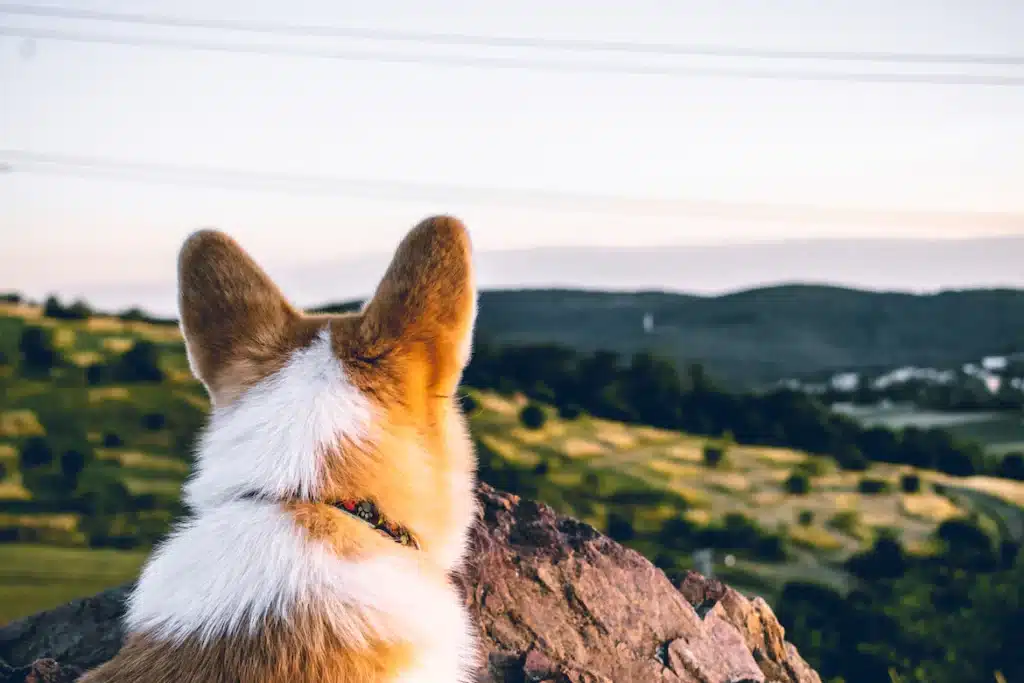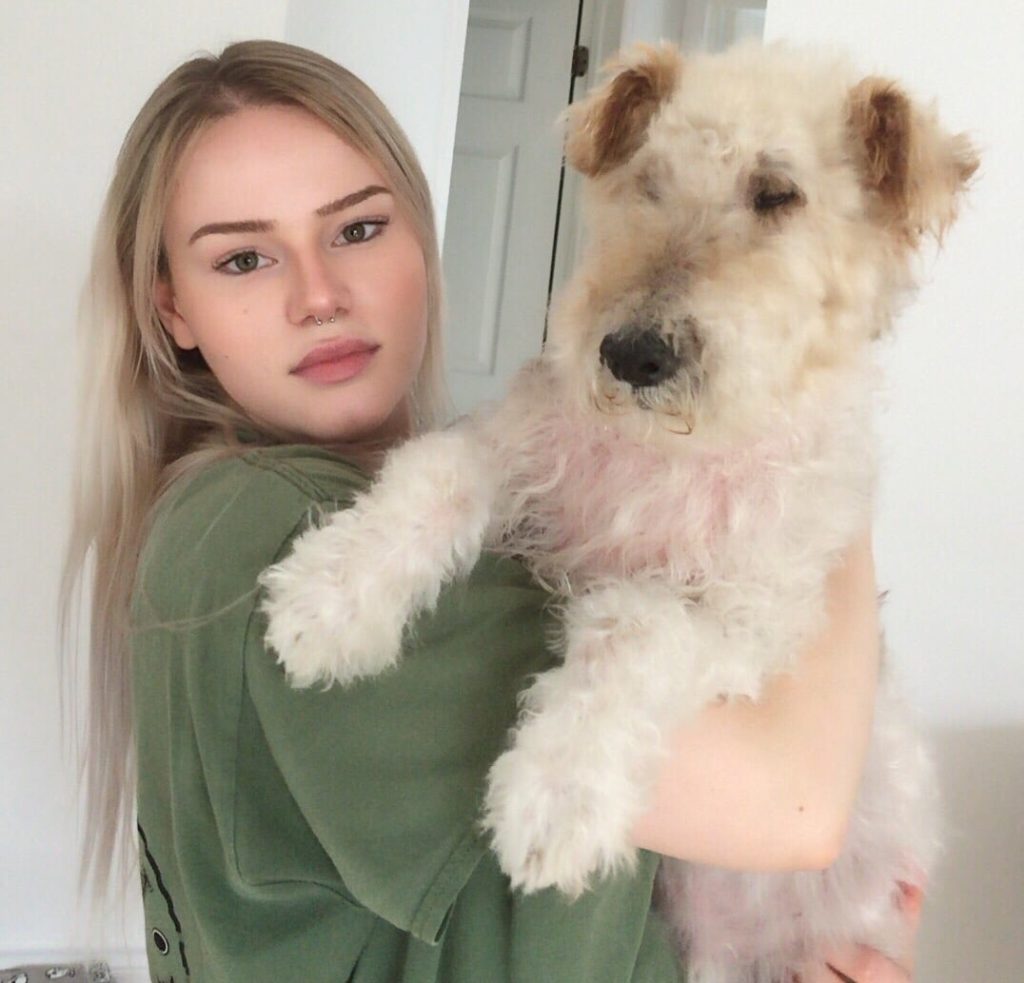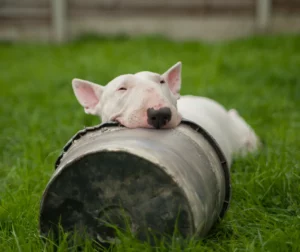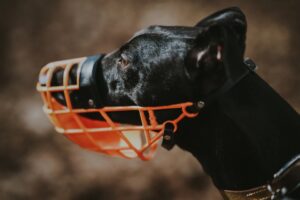Enrichment is essential for the dog to be mentally and physiologically balanced. Captive and domestic animals require several types of enrichment to support their well-being.
Have you ever wondered why dogs that live in houses have more behavioral problems than those that live free?
This is because the free-living ones are constantly on the go to ensure their survival, while our house dogs have time for fun, boredom, and worry.
Indeed, domestication has made dogs dependent on humans, which has brought advantages, but also disadvantages. They no longer need to ensure survival since we offer them everything they need. This is why we have to provide mental and physical stimulation.
Not to mention that, since 2015, it has been mandatory to stimulate, socialize, and provide an enriching environment for dogs, cats, and equines according to Légis Québec. A similar law applies to animals in zoos.
What Is Enrichment For?
First, enrichment aims to improve physical and psychological well-being by providing several environmental stimuli. Thus, it aims to increase interactions with their physical and social environment.
Enrichment prevents behavior problems, such as abnormal and stereotypical behavior. It helps reduce stress, barking, vocalizations, and warning signals and increases the frequency of relaxation behaviors.
Moreover, environmental enrichment has been proven to improve cognitive abilities, such as problem-solving ability, which is reduced in dogs compared to wolves.
In puppies, it is essential to offer them a complex and enriching environment, especially during the socialization period. Indeed, the environment has an impact on the potential of the dog.
What Are the Types of Dog Enrichment?
4 types of essential dog enrichment must be fulfilled daily:
- Physical enrichment
- Psychological enrichment
- Social enrichment
- Environmental enrichment
There are several subtypes of enrichment, such as food and sensory enrichment (smell, hearing, sight) which are often interrelated. For example, food enrichment is also a sensory enrichment since the dog uses his sense of smell to search.
Here are 6 examples of enrichment activities:
| Enrichment activities | Examples |
|---|---|
| Human interactions | sit with the dog, physical contact if consenting, stroking and grooming |
| Automatic games | bubble machine with bacon tasting bubbles, ball launcher |
| Conspecific play | play with a dog he already knows or a new dog |
| Interactive games | treat-dispensing ball, dog puzzle, Kong |
| Playhouse | tunnels, slides, platforms, swimming pool |
| Tug play | tug of war, throw the ball |
What Is the Effect of a Lack of Outlet in Dogs?
It is often noticed that domesticated or captive animals lack stimulation. Whether it’s a hamster, a cat, a dog, or even an elephant, all living things need to be stimulated by a nurturing environment.
The lack of enrichment, or the lack of outlet, promotes frustration and boredom, which increases aggressive behaviors, stress, and anxiety. As a result, stress is directly correlated with reduced life expectancy.
You’ve probably heard that there is good stress and bad stress. Bad stress is long-lasting oxidative stress. Moreover, frustration, anxiety, and aggression are emotional responses to stress.
A large body of evidence demonstrates that oxidative stress may be responsible for the introduction and progression of several chronic or degenerative diseases. For example, cancer, diabetes, and cardiovascular, neurological, respiratory, and renal diseases. In addition, it accelerates the body’s aging process and causes acute pathologies, such as trauma and strokes.
How Does Enrichment Increase Life Expectancy?
Knowing the effects of lack of enrichment makes it easier to understand how it helps increase a dog’s lifespan.
Enrichment increases longevity since it helps to improve quality of life and reduce stress. It allows the dog to express natural behaviors that he would find in nature.
Longevity varies greatly between dogs depending on their growth rate, size, genetics, and weight. Providing a balanced, high-quality diet with antioxidant supplements helps increase life expectancy.
What Are the Best Enrichment Activities?
Social activities, like playing with another dog or being in contact with a human, are proven to be one of the best types of enrichment. It significantly reduces stereotypical behaviors, such as turning in circles, pacing, repetitive grooming or biting, barking, etc.
The best enrichment activities are conspecific games and playhouses. There are more positive behavior changes compared to all other enrichment activities.
With social activities, we notice that the periods of inactivity and the concentration of cortisol are reduced and dogs are more relaxed and sociable. On the other hand, it is preferable to use a combination of several types of enrichment, to offer new activities and to alternate them to obtain the maximum benefits. Thus, it allows a wider range of natural behaviors.
Of course, not all types of enrichment will have the same effect on every dog. For example, in a dog that tends to constantly lick himself, the use of a filled Kong can help reduce this behavior. This is why it is important to offer a compatible outlet for the behaviors of a given dog.
How to Enrich a Dog’s Life?
By adopting a dog, we want as much as possible to offer him a good quality of life. By enriching his life daily, you can avoid behavioral problems and allow him to flourish.
To enrich the life of a dog, it is necessary to vary the environment, the physical exercises, the mental stimulations, and the social interactions. It is fundamental that the dog can exert himself and use his physical and intellectual abilities.
Use your creativity to diversify your dog’s daily life and get out of the routine. Here are several examples that will help you better understand how to apply different types of enrichment.
Environmental stimulation
To vary the environment, you can get a fabric tunnel, as well as different types of beds and toys. Dogs, especially puppies, love to explore the world around them by discovering new textures and new toys.
However, do not give him all the toys at once. This is a very common mistake that makes toys boring for your dog.
It’s ideal to give the toy yourself and store it somewhere your dog won’t be able to reach when he’s finished playing. This way, your dog won’t get used to having it around all the time, which keeps him interested in his toys.
Alternate between toys to diversify his daily life and work his curiosity.
Another way to provide an enriching environment is to move the furniture, his cage, his bowl, and his bed from time to time.
Physical stimulation
The different types of physical exercises are, for example, running, dog sports, tug games, and flirt poles.
Diversify the walks by not always using the same route and changing location.
For example, finding a new trail in nature or a new street where you don’t usually go. Your dog may experience new smells and new sounds, and he might even see new things or people.
However, avoid playing with a laser pointer, especially with young dogs. This game causes unnecessary stress, confusion, and frustration. It can also cause your dog to have anxiety, as there is a lack of cognitive closure which creates a growing state of frustration.
Playing with a laser pointer can even trigger Obsessive Disorder in dogs and cats which is similar to Obsessive Compulsive Disorder (OCD) in humans.
Mental stimulation
Offer your dog several types of interactive bowls and balls, as well as a snuffle mat and a lick mat.
You can alternate between them to provide interactive and entertaining feeding at every meal.
In addition, by introducing him to new foods, you will be able to stimulate him even more. On the other hand, be careful with toxic foods and incorporate small amounts of new foods.
Teaching a new trick or practicing canine sport, such as Dog Dancing, is a great way to stimulate your dog mentally and physically.
Social stimulation
Diversifying social interactions is beneficial for giving your dog new experiences. Meeting new dogs, new humans, or even new animals is very stimulating.
Additionally, these interactions will help him generalize by making positive associations with strangers and novelties, which can help with resource guarding.
Finally, the goal is to make your dog live new positive experiences in all spheres of enrichment.
Bibliographic sources:
